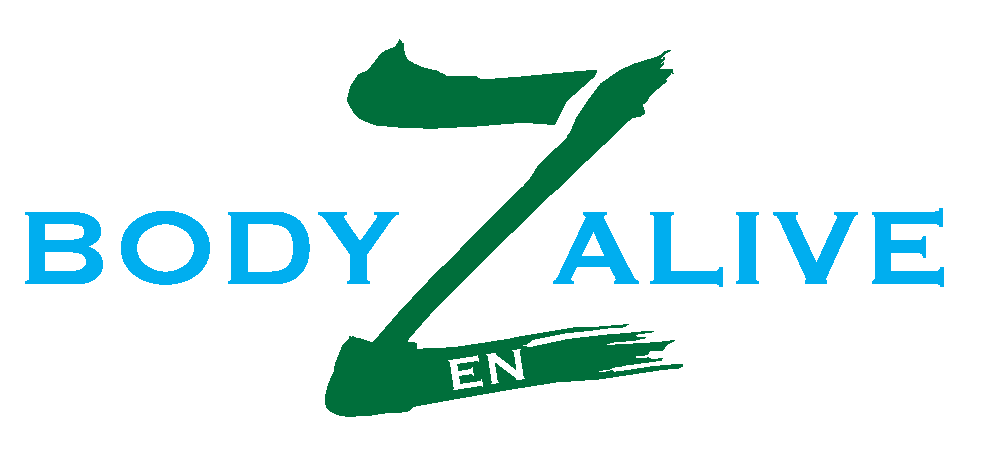How to Soothe and Heal Your Gut with Herbal Tea
Eliminating food allergens in your diet can bring substantial relief from inflammatory gastrointestinal disorders, such as IBS, Crohn’s disease, and celiac.
The gluten in wheat and other grains, the casein and lactose in dairy, and others can also initiate destructive processes that irritate the stomach lining, compromise the intestinal wall, and disrupt the balance of the microorganism ecology in the colon. Removing all those is an essential step in recovering healthy digestion and overall gut health!
Sometimes, though, the elimination of these foods just isn’t enough to completely resolve serious health problems. Leaky gut syndrome, for instance, can persist long after all known food allergens have been removed from the diet.
Regular Colon Hydrotherapy sessions can help improve gut health, and there are also some amazing herbs that can help with the process of gut health recovery. These plants can help soothe inflammation, repair damaged tissues, and improve digestive function when consumed in a lovely gut-healing tea.
Heal your Gut this winter…
Regular Colon Hydrotherapy sessions can work to improve gut health and there are also a number of amazing herbs that can help with the process of gut health recovery.
A simple formula for a gut-healing tea:
Calendula (Calendula Officinalis) flower
Plantain (Plantago major) leaf
Peppermint (Mentha piperita) leaf
Chamomile (Matricaria recutita) flower
Ginger (Zingiber officinale) rhizome
Fennel (Foeniculum vulgare) seed
Licorice (Glycyrrhiza glabra) root
Blend equal parts of each herb in their “cut and sifted” preparation (they are normally dispensed in bulk) and store the mixture in an airtight container. For each quart of tea, use two heaping tablespoons of the blend. Put the blended herbs in a french press or mason jar, and pour boiling water over them. Steep covered for ten to fifteen minutes, and drink in quantity throughout the day, at least a quart each day. You can’t have too much.
Customization
This formula blends wound-healing, warming digestive, liver protective, and gas-dispersing actions, and is open to personalization. Feel free to use more, or less, of each herb, as it suits your taste. This particular formula is fairly neutral, but its energetic qualities are easily manipulated. If you tend to run cold, emphasize the ginger and fennel. If you tend to run hot, reduce those and use more peppermint, or add rose petals. And if you’re often dry, put in more licorice and use fresh plantain. if you tend to perspire more, increase the calendula.
Other tips
Other herbs can also be added or substituted for one of the ingredients. For example, someone with hypertension (high blood pressure) should substitute marshmallow (Althaea officinale) root for the licorice.
For those who are not taking any pharmaceutical medications, St John’s Wort (Hypericum perforatum) can be added for its beneficial effects on the liver.
Other additions may include centaury (Centaurium erythraea), a bitter stomachic. Catnip (Nepeta cataria) is often useful if heartburn is a component. Sage (Salvia off.) is particularly good if there’s difficulty digesting fats.
A clinical herbalist can provide more information on the actions of these herbs, and how to personalize a formula for your constitution and condition.
Ingredients for this blend can be found at any health food store that sells dried herbs in bulk, and occasionally at farmer’s markets or certain supermarkets with health food sections (i.e. Ralphs/Kroger). The herbs can also be ordered online from a high-quality supplier.
While nothing can substitute for the removal of offending foods from the diet in cases of food intolerance, an herbal formula like this can help heal the gut more easily, more quickly, and more completely than dietary change alone.
For those challenged with dietary changes, a tea that is both delicious and medicinal can make all the difference, as well as regular visits to Body Zen Alive.
A previous version of this article was published in Natural Awakenings Boston, October 2012.

